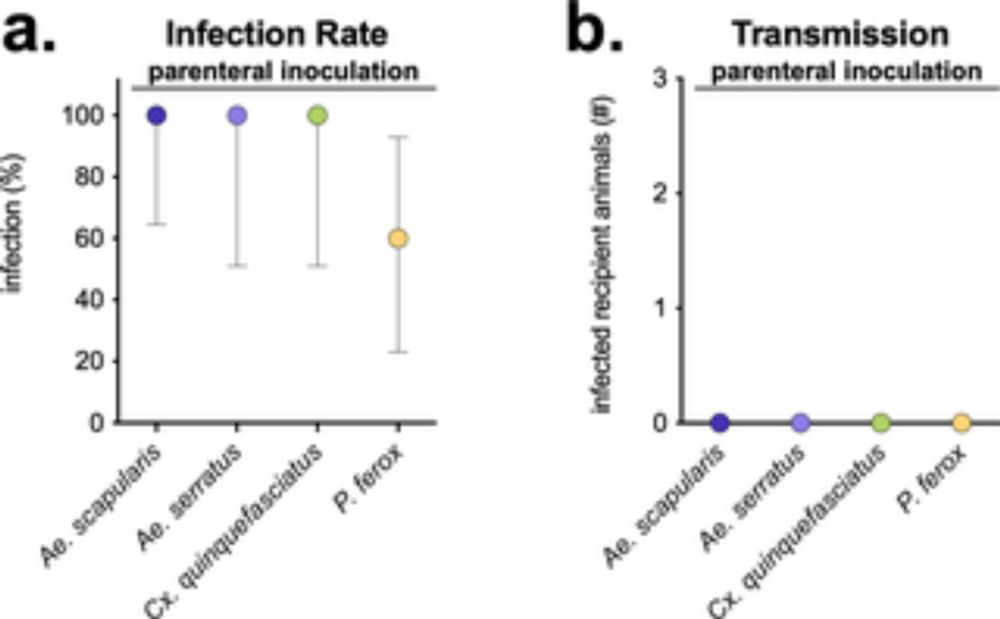- Glad to see this out!! It’s been bafflingly difficult to convince people that assuming mosquito transmission of Oropouche is a sloppy prior directly contradicted by all available evidence 🥲 and that, in turn, it’s a serious problem that we know so little about Culicoides paraensis distribution…
- 🦟🦠 NEW! We looked at every experiment going back to the 1960s, and found that mosquitoes are almost certainly not primary or secondary vectors of Oropouche virus - a common claim in both the scientific literature and public health communication. #EpiSky #IDSky 😷🧪 journals.plos.org/plosntds/art...
- A key argument for a 🦟 role was that C. paraensis wasn’t in Cuba, which had a serious Oropouche epidemic, but there hadn’t been a midge survey reported from there since the 1970s. Turns out paraensis was a bit trap-shy, but abundant in human landing catches: www.sciencedirect.com/science/arti...
- More evidence against 🦟 Oropouche transmission. “If you bypass the midgut infection & escape barrier, it COULD be competent” – and if my grandmother had wheels she’d be a bicycle. Given the strength of the midgut barrier + other tx nuances, it’s hard for viruses to evolve incrementally around it.
- 🦟" #Oropouche orthobunyavirus in Urban #Mosquitoes: #Vector Competence, Coinfection, and Immune System Activation in #Aedes aegypti" by Silvana F. de Mendonça et al. www.mdpi.com/1999-4915/17...
- That’s the second paper showing the currently circulating Oropouche reassortant strain can’t be transmitted by mosquitoes. (There’s enough baseline variability in vector competence studies that it’s valuable to have a couple showing the same thing across different 🦟🦠 lines, labs/insectaries, etc.)
- nope, all pre-2024 - BUT, Ciota Lab has gotten around to it! pmc.ncbi.nlm.nih.gov/articles/PMC...


